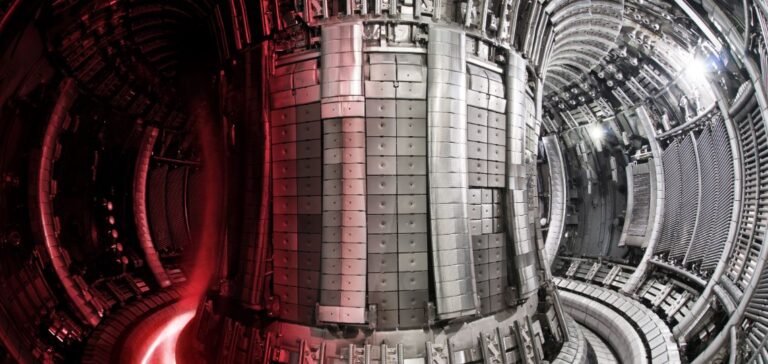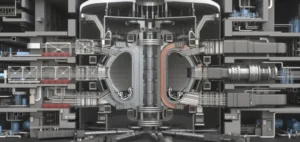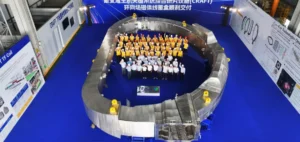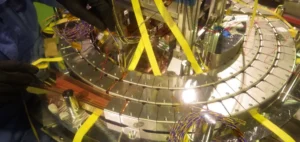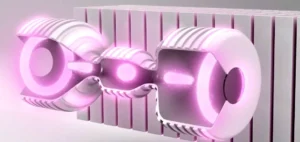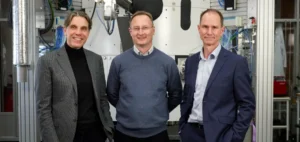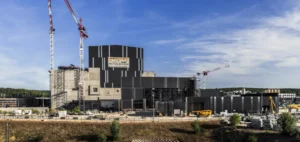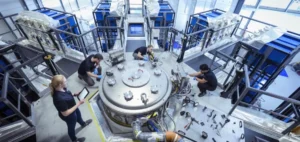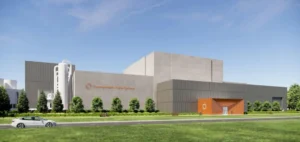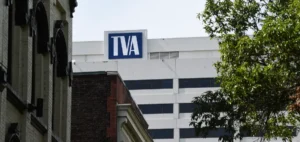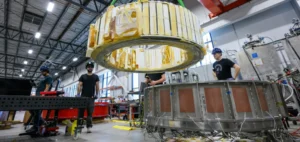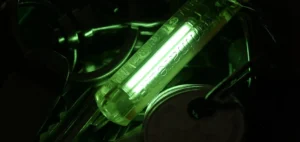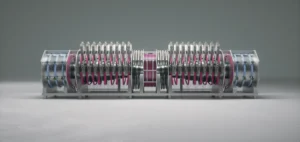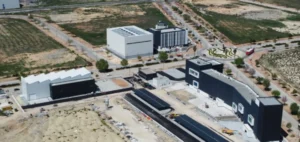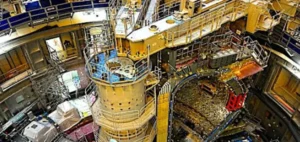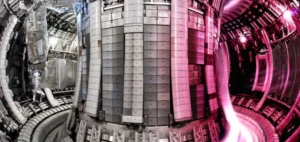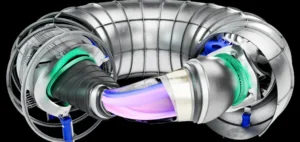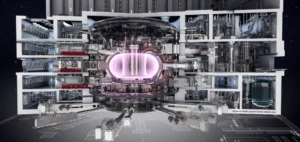The French Alternative Energies and Atomic Energy Commission (CEA) and the French National Centre for Scientific Research (CNRS) have launched the SupraFusion programme to accelerate research into high-temperature superconductors. Funded with €50mn ($53.35mn) over seven years under the France 2030 plan, this programme aims to build a competitive national sector in the strategic field of nuclear fusion.
Structuring national research for magnetic fusion
SupraFusion brings together more than 200 scientists from around twenty research organisations and companies. The programme focuses on materials capable of operating at temperatures up to 80 kelvin (-193 °C), compared with around 4 kelvin (-269 °C) for conventional superconducting materials. This scale-up is essential to meet the requirements of magnetic fusion, which uses very powerful magnetic fields to confine plasma.
Three pillars for structured technological development
The work will be developed around three main pillars: developing the technological building blocks of high-temperature superconductors, demonstrating their large-scale industrial reliability through a demonstrator electromagnet, and exploring innovative applications such as compact power-generating fusion plants. SupraFusion will rely on a network of existing, enhanced or newly created technological platforms, including testing and validation capacities for industry.
France 2030, a lever for technological sovereignty
The initiative is part of the broader France 2030 strategy, which allocates €3bn ($3.2bn) for research through strategic programmes operated by the French National Research Agency (ANR). Two calls for projects will be launched to strengthen innovation: one focused on technology and infrastructure development, and the other on societal applications of high-temperature superconductors.
Industrial applications beyond nuclear
Beyond nuclear fusion, high-temperature superconductors have potential applications in offshore wind power generation, high-capacity electricity transmission and low-carbon heavy mobility. In healthcare, their use could enhance the performance and lower the operating costs of magnetic resonance imaging (MRI) equipment. The CEA and CNRS also plan to strengthen scientific training to foster a new generation of researchers and engineers specialising in these technologies.


